If you’re like most people, your first boat was likely a classic. You may have had a little bit of experience sailing in a small ship on the local lake or river, but when it came time to buy your first – big or small – you probably jumped at the chance to buy a classic. Here are some tips on restoring your first boat so that you can enjoy it for years to come.
Contents
How to restore a boat?
If you’re an enthusiast of classic boats and enjoy restoring them yourself, you’ll want to be aware of a few things before jumping in. Here’s everything you need to know:
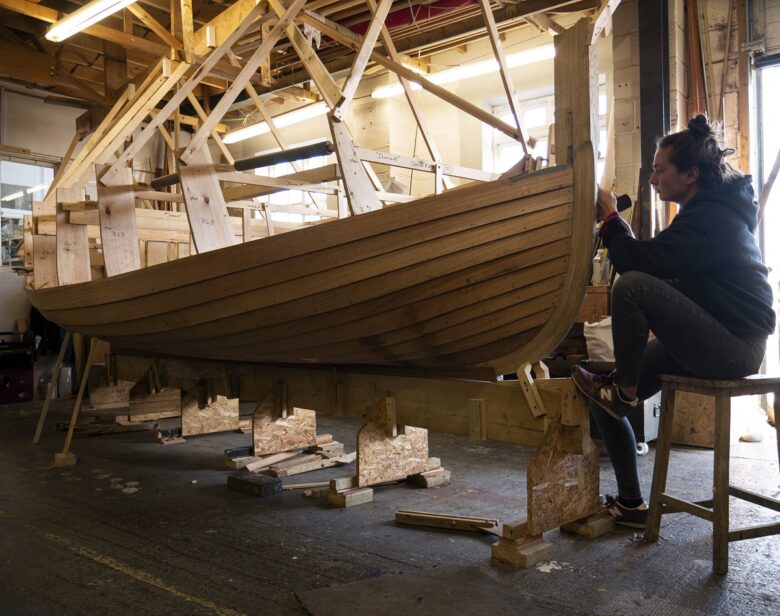
Source: dreamboatsinc.com
1. Find the right vessel
The first and most important step is finding the perfect boat for restoration. You can find everything about classic boat restoration at absoluteclassics.com. Finding the perfect one can be a difficult task, as there are many different types of classic boats out there. If you’re inexperienced with restoration, it’s best to start with something small and easier to work on.
2. Get the right tools
Next, make sure you have the right tools for the job. This includes everything from a screwdriver to a power drill and saws. You’ll also need a lot of patience, as restoration can be time-consuming and frustrating at times.
3. Get organized
Just like any other project, organizing your restoration will help make it easier and faster. Start by creating a list of all the parts that need to be replaced or repaired, and then identify where they are located on the boat. Label each part with its corresponding location so you don’t have to search for it later on.
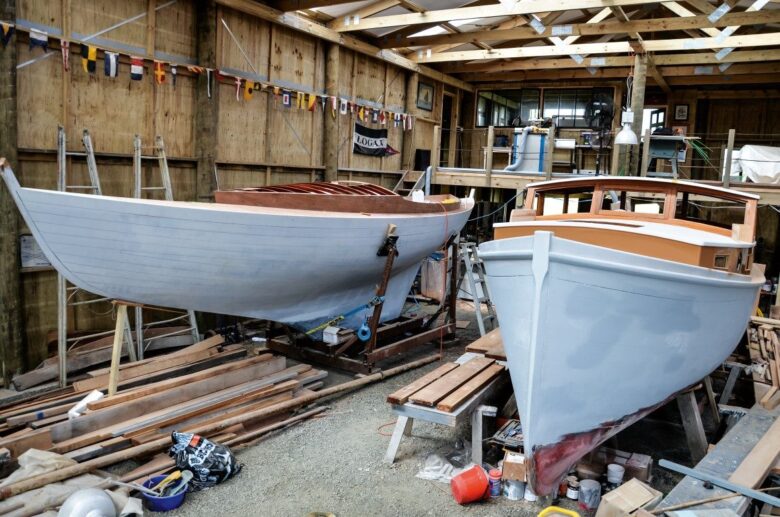
Source: pinterest.com
What is involved in restoring a classic vessel?
This can be a fun and rewarding project, but it’s not a simple task. There are many different parts and pieces that have to be restored or replaced, and the process can take many months or even years. Here are some tips to help you start:
- Start by researching the boat you’re interested in restoring- knowing as much about it as possible will help you with the restoration process. Try to find pictures, documentation, and any other information you can about the boat.
- Get help from a qualified restoration specialist- someone who has experience working on classic vessels. They can advise you on what needs to be done and help you plan the restoration project timetable.
- Be prepared to spend a lot of money on the restoration- it can cost hundreds of dollars or more. But if you’re serious about completing the project, it’s worth it in the end.
- Be patient- restoring a boat is a tedious process that may take several months or even years to complete. Don’t get discouraged if things don’t go exactly as planned – patience is key in restoring any type of ship!
Types of restoration
When restoring an old boat, there are a few types of restoration that can be done. The most common are mechanical restoration, which includes fixing holes and cracks in the hull, patching up broken or rotted boards, and fixing torn sails and rigging.
Another type of restoration is architectural restoration. It focuses on the overall look and feel of the boat, including re-painting the hull, replacing metal parts with new ones if possible, and restoring fixtures and fittings.
The final type of restoration is historical restoration. It aims to preserve as much of the original boat as possible while still making it functional. For example, historical restoration might include finding original parts that have been damaged or destroyed or rebuilding an entire boat from scratch using period-correct materials.
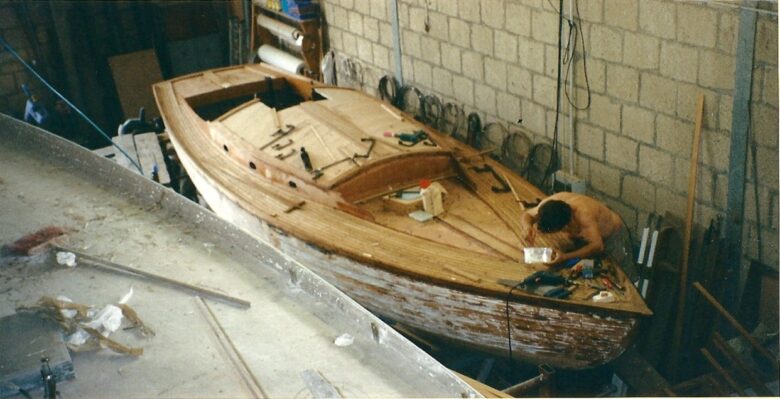
Source: cantierenavaleseri.com
Tools and materials you will need
There are a few tools and materials that you will need to restore your first classic boat. The most important of these is a properly functioning tool kit, including a variety of screwdrivers, wrenches, hammers, and other tools for taking apart and putting together the various parts of the vessel.
You’ll also need some supplies specific to restoring old boats: fiberglass cloth, wood filler, epoxy resin, steel wool, sandpaper, and paint or varnish. You may also want to bring along leather working gloves and a mask to protect your skin from fiberglass dust and fumes.
Here are some other items that will help you might need: measuring tape, level, hammer and nails, saws (including a circular saw), chisels (including a coping saw), wood screws, wood glue, wire brushes, rags to clean up messes.
Preparation steps
First, it is important to take inventory of your boat. In particular, list all of the major systems and components, make a list of what needs to be replaced or repaired, and what needs to be maintained. Next, determine how much work is required to bring your little ship back up to operating condition. This will help you prioritize your restoration work.
Choose a restoration project that interests you and that has a manageable scope. For example, restoring a 16-foot sailboat may require more time and effort than restoring a 28-foot powerboat.
Talk with other boaters who have restored their vessels in the past. Ask for advice on specific areas of restoration, such as carpentry or electrical wiring.
You can also use online resources to research specific topics related to restoration and find more people interested in the same thing on different forums and sites.
Take measurements and photographs of the areas around your boat that need attention before starting any repairs or restoration work. This will help you track progress and make necessary adjustments as needed.
If you are restoring an older boat, be aware that many traditional materials no longer exist or are not readily available. You may need to find replacement parts or invent new methods of construction.
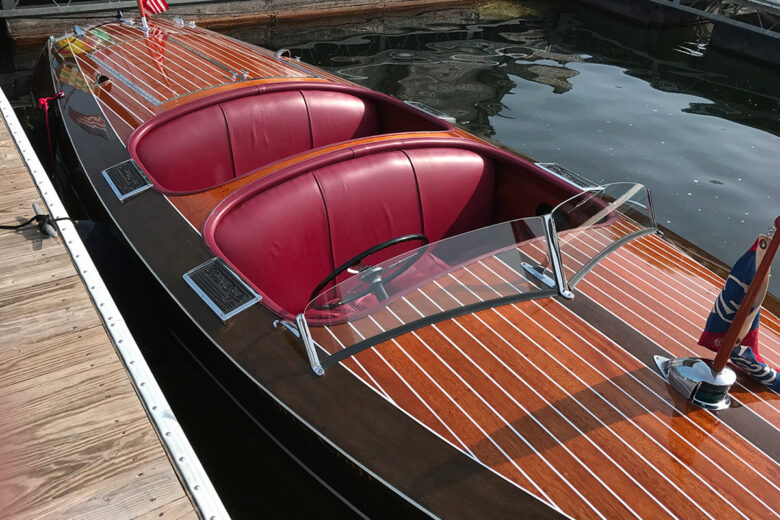
Source: snakemountainboatworks.com
Finishing touches
Wood is the main part of any vessel and its proper care is vital to keep the ship functional and pretty. Here are four tips for finishing up your restoration:
1. Protect the Wood
One of the most important steps in restoring a boat is protecting the wood. Use a quality varnish or sealer to protect the wood from water and UV damage. This will help keep the wood looking new for years to come.
2. Clean the Wood
Another important step is cleaning the wood. Use a quality Marine Cleaner or soap to remove any dirt, mud, or oil build-up. This will help preserve the wood and make it look new again.
3. Polish!
Last but not least, polish the wood to bring out its natural beauty and add shine. Use quality wood polish or wax to restore that old-world look to your vessel.
4. Protect Your Hardware
Last but not least, protect your hardware with a quality finish such as an oxidation inhibitor or weatherproofing agent. This will help keep your screws and bolts looking new for years to come!
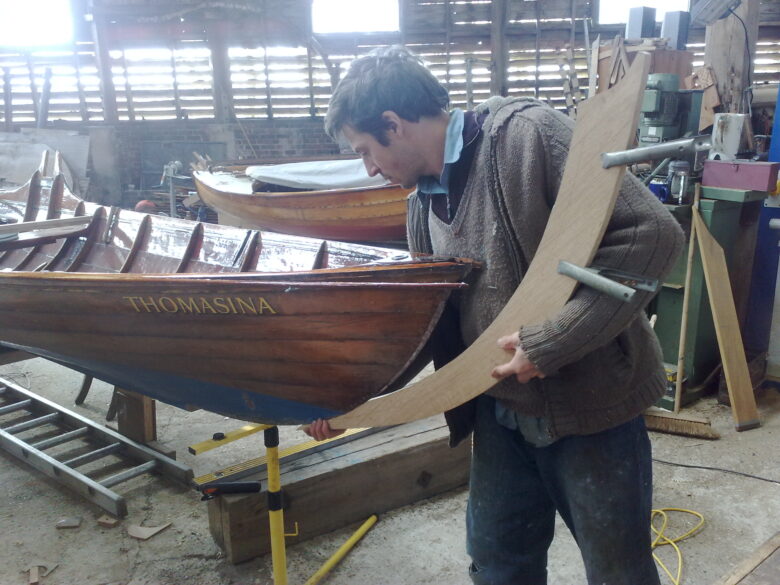
Source: alamy.com
Conclusion
Restoring your first classic boat can be a daunting task, but with the help of these tips, you should be able to get the job done without any trouble. By following these simple steps, you will be able to properly clean and prep your boat for restoration, as well as identify and fix any potential problems before they become bigger issues. If you are still unsure about whether or not restoring your boat is the right decision for you, please feel free to reach out to one of our experts at Classic Boat Restoration for more information. Thank you for reading!
